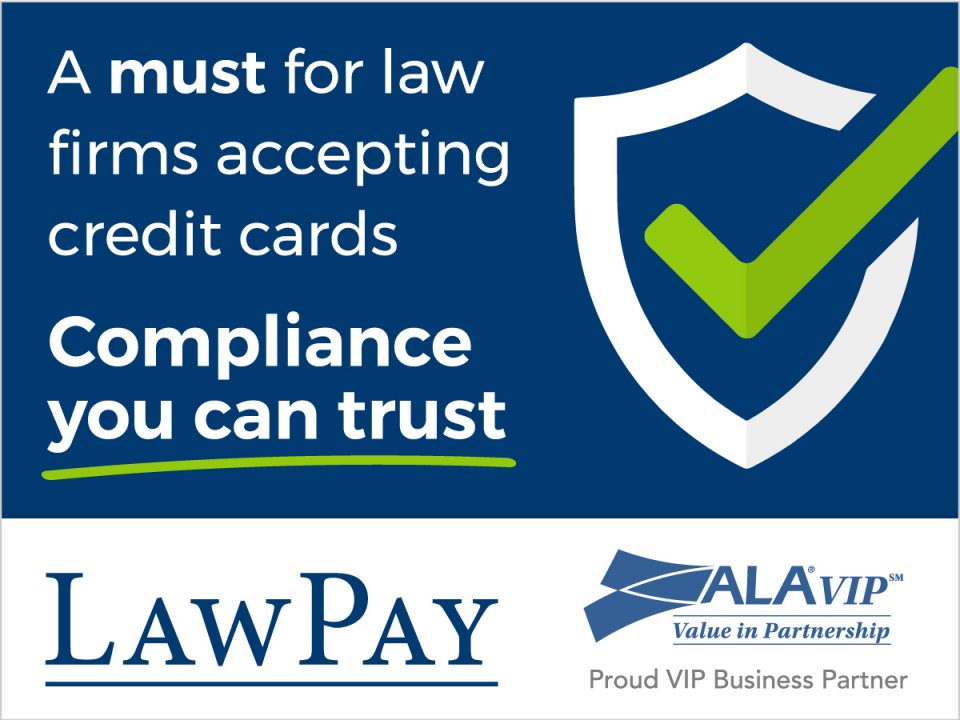To reduce the continuous stream of messages and phone tag, many law firms have adopted client portals to streamline client communication. Client portals are a secure, web-based gateway to case information such as digital files, calendars and invoices. Clients can ask and answer questions, download documents and upload relevant information. They can be an efficient way for law firms to share information with clients and have it available to them at their convenience. Portals expand clients’ access to information and reduce communication and workflow headaches for attorneys and firm staff.
SHARE INFORMATION SECURELY
The operative word here is secure. Client portals balance security needs with ease of use. According to Adriana Linares, President of LawTech Partners, a legal technology and training company, the three most common forms of communication for law firms — phone, email and text messages — are also the three most insecure ways to share information.
While email is secure if encrypted, Linares points out that the encryption process requires its own email-only portal, which adds friction, making it easy to not bother with it consistently.
“Client portals are email encryption on steroids,” says Linares, a self-described “portal pusher.” To date, no reported breach has been associated with a popular legal-specific practice management program. Of course, portals are not bulletproof, and users need to use strong passwords and keep them confidential.
Client portals give clients instant access to the information they want when they want it, saving attorneys the need to constantly monitor their phones and email for requests.
Beyond security concerns, email can get cumbersome. With discussion threads the size of Rhode Island, it can become frustrating for clients to sort through multiple threads to find what they need.
BETTER CLIENT RELATIONSHIPS
Client portals give clients instant access to the information they want when they want it, saving attorneys the need to constantly monitor their phones and email for requests. On the portal, discussions, documents, court dates and other calendar events are neatly organized for easy access. Clients and firm employees can quickly see the history of a discussion along with the documents generated as a result.
“Putting a portal into place can reduce a lot of back-and-forth and can minimize the aggravation a client might feel if they’re not getting the attention they need in the moment they need it,” Linares says. “I think it’s a great way to engage the client. It makes them feel good about their relationship.”
She adds that client portals can also improve workflows and can even be a marketing asset by assuring prospects their sensitive information is shared securely. While that by itself won’t seal the deal, it may tip the scales for prospects that are looking for a security-savvy firm. For established clients, portals can deepen client loyalty by making their lives easier through streamlined communication.
Clients want their information now, and portals deliver. Mobile apps and 24/7 access mean clients can get information anywhere there’s a signal or internet connection, on any device at any time. Additionally, portals give the firm a 24/7 online presence, expanding your firm’s reach, visibility and accessibility.
Another perk: you won’t have to pay a lot. They run in the cloud, so there are no infrastructure requirements. And if you have a practice management system like MyCase or Clio, a client portal is included, so you’re already paying for it.
MOTIVATING CLIENTS TO USE THE PORTAL
Portals essentially work in three steps:
- For each new matter, simply create a new portal. Add case details and milestones, users and permissions, and existing materials.
- Each registered user receives a link to the new portal along with login instructions.
- As the case progresses, add more information. Post documents for the client to review, add court dates, schedule meetings, share contacts, and post invoices and billing information. The portal software automatically sends email alerts to each registered user whenever the portal is updated. Clients can easily click through to the updated information at their convenience — at work, at home or on the go.
For established clients, portals can deepen client loyalty by making their lives easier through streamlined communication.
But the key to client portal success is getting them to actually use it. Let’s face it — clients don't like change, and neither do lawyers. In the past, law firms adopted new technology because their clients demanded it. But clients are not pushing portals. In a role reversal, it’s the firms that need to push the solution to clients. The only barrier to success is that some clients are unfamiliar with the platform.
In promoting portals, you have at least a few factors working in your favor:
- It’s not new technology. Accountants, doctors, hospitals, banks and mortgage companies are increasingly adopting portals to the point where they are becoming ubiquitous. Many clients are already using portals to communicate with these professionals.
- Client portals are intuitive, well-designed and incredibly easy to use. There’s not much of a learning curve.
- People actually like the convenience of portals once they get the hang of it.
- Lawyers will get addicted to it, according to Linares, and will wish that every client would be open to it.
Of course, some established clients might push back. Clients who hesitate probably just need a bit of coaching. You can solve this by training a firm employee to work with clients and troubleshoot the portal over the phone. A 10-minute discussion will walk the client through the process; once they see how it works, they’re likely to get it and be on board.
“If they can upload a photo of their grandkids on Facebook, they can figure out how to log into the portal and download documents,” Linares says. She says that when you explain the business case and the security risks that are mitigated by using them, clients will warm up to the idea. Linares suggests that it’s important to be clear that firm business is conducted through the firm portal for the secure sharing of information and to make it part of your engagement letter — noting that the security factor makes it in their best interest to comply.
Client portals are cheap, easy and efficient, and open a new world of possibilities for streamlining the client relationship by improving communication and firm workflows.
You’ll likely get resistance from attorneys. Here again, firms can improve attorneys’ comfort level by doing a few minutes of practice on a dummy account, posting messages and adding documents and meetings. Once attorneys see how easy and intuitive these systems are, they can get downright enthusiastic about it.
In the end, some clients may refuse, but, Linares notes, if 8 of 10 clients opt for the portal, you're still winning.
JOIN THE ALWAYS-ON WORLD
In today’s always-on world, the client portal is the firm’s 24/7 presence, serving information to clients on-demand and reducing demands on attorneys to answer every request.
Client portals are cheap, easy and efficient, and open a new world of possibilities for streamlining the client relationship by improving communication and firm workflows.
The barrier to enjoying the benefits of better communication, better security and smoother workflow is pretty low: You simply need to show them how easy it is.

